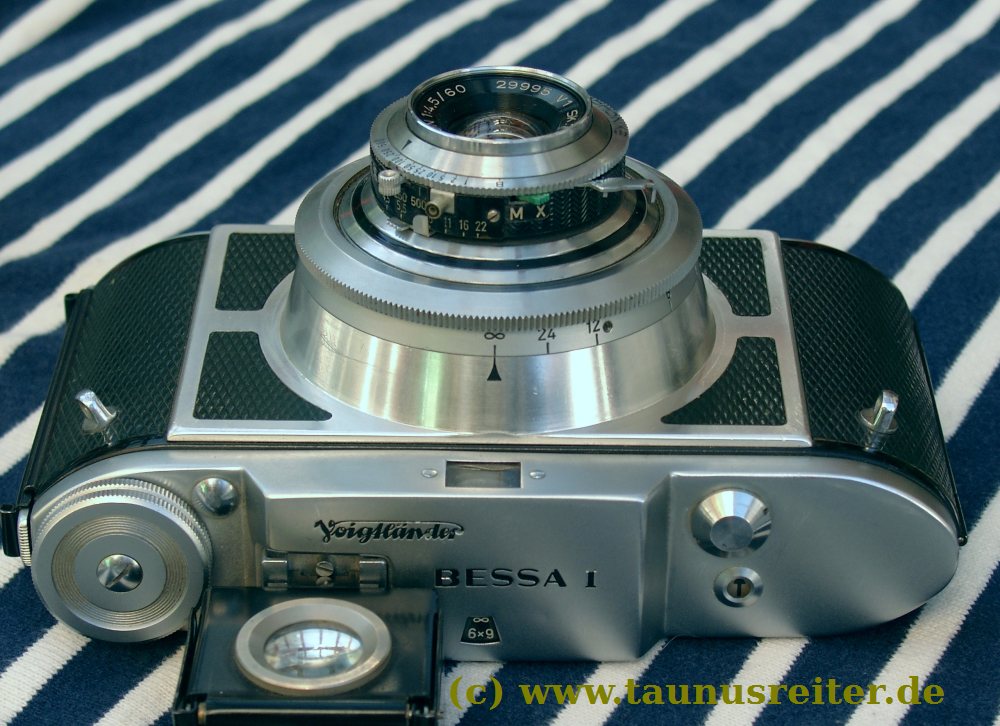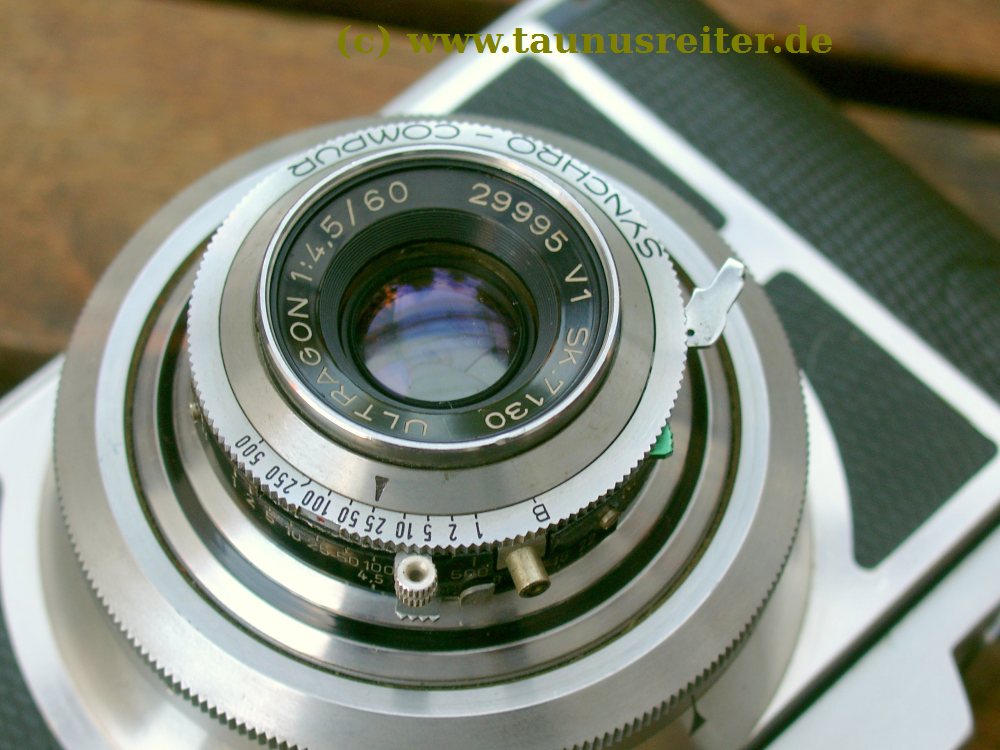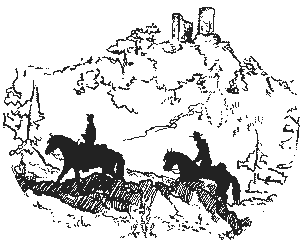

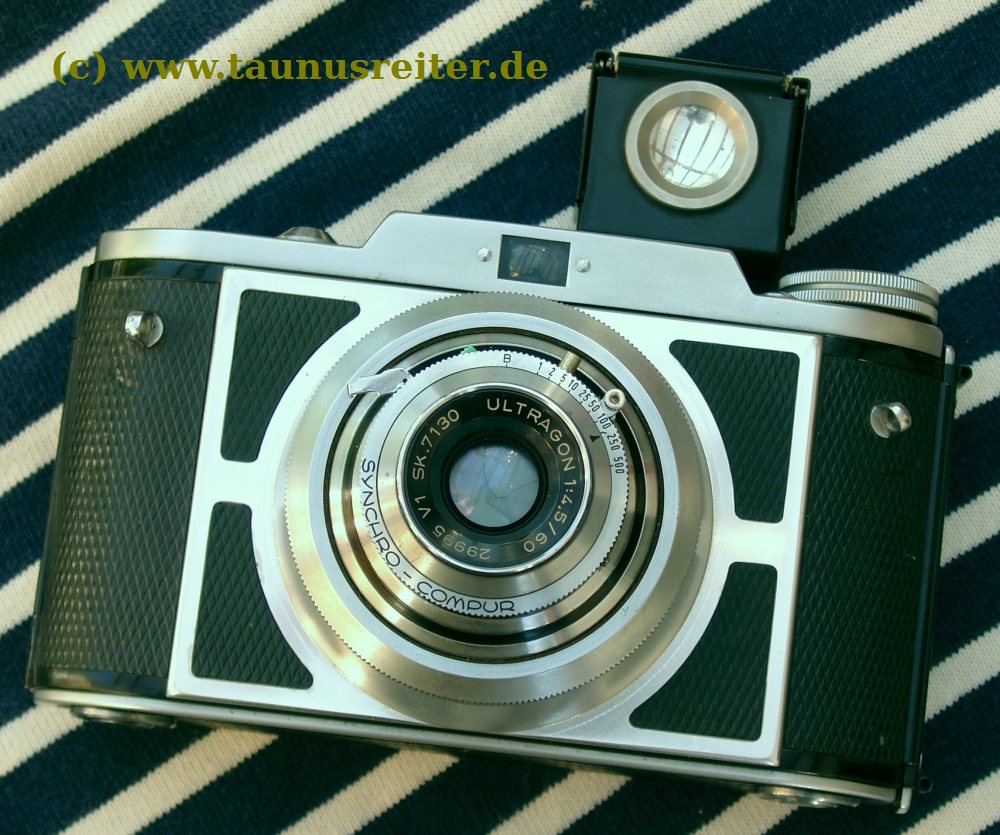
| 11st June 1952: Albrecht Wilhelm Tronnier
claimed patent on a 6-element wide angle lens with 75° angle
of view and faster than f/5.0 (DE1042264/ US2730015).
Tronnier then was a freelancer with Voigtlaender
Braunschweig and cited from his own invention of the
ANGULON, also a symmetrical 6-element-lens, made 22 years
before when he was Technical Director at Joseph Schneider
Kreuznach. The new lens was claimed to be faster, better
corrected for aberrations (especially at the picture edges)
and has a larger image circle or angle of view. Tronnier,
working in Goettingen, 70 miles from Braunschweig, master of
logarithm boards and mechanical abacus machines in the
pre-computer era, also invented the Xenon, Ultron and Nokton
lenses. Based on this patent - therefore probably not much later (hardly earlier) - VOIGTLAENDER launched its first and only Large Format (LF) wideangle lens, the ULTRAGON in 1:5.5/ 115mm (calulated for 5x7 inch image area). For smaller image circles, i.e. 120 roll film (6x6 or 6x9 cm) this wasn't offered, although the compact Schneider Angulon 1:6.8/65mm was still in the market, which results were just avarage if not stopped down 3-4 f/-stops. Moreover, there was the brand-new Biogon offered by Zeiss (calculated by L. Bertele), with even wider image area (90°), though substantially larger, more heavy and not usable with most low weight or travel cameras. |
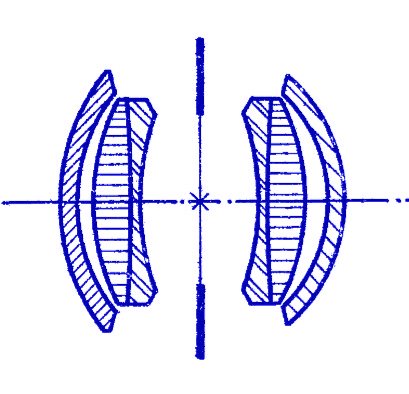 |
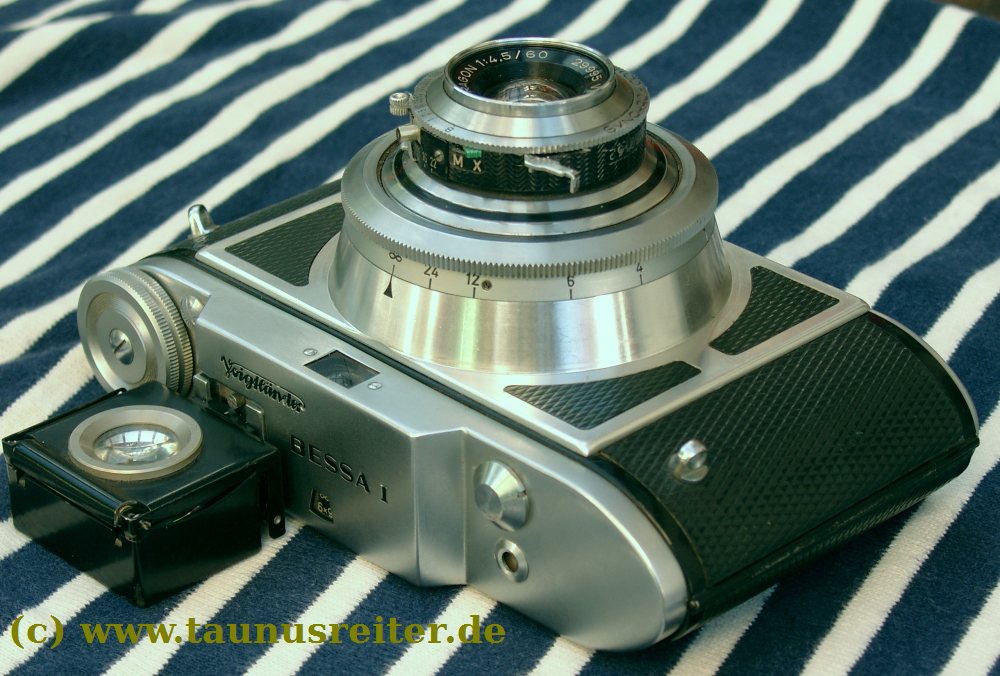 x
x